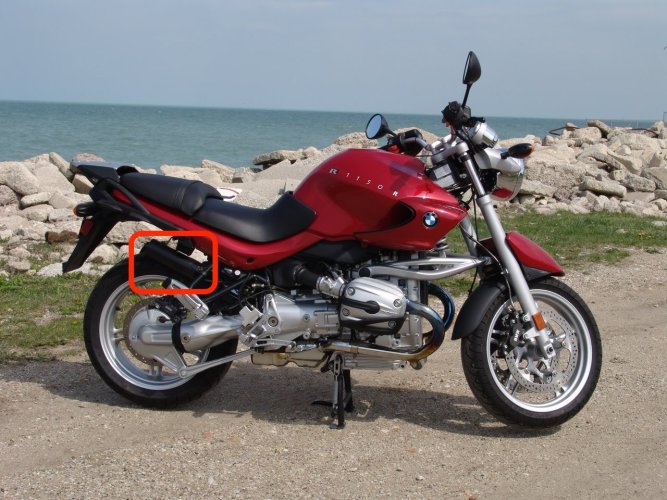Pardon this absolute noob question. I'm still getting familiar with my 2004 R1150R and have the Clymer manual, but since there is no general diagram pointing out parts of the bike and their names, I'm having a hard time looking for it.
Here is a picture of what I am curious about. What is this part called and what does it do? Anything that needs to be maintenanced? I assume it is part of the fuel system, since there are rubber hoses attached.

Here is a picture of what I am curious about. What is this part called and what does it do? Anything that needs to be maintenanced? I assume it is part of the fuel system, since there are rubber hoses attached.

